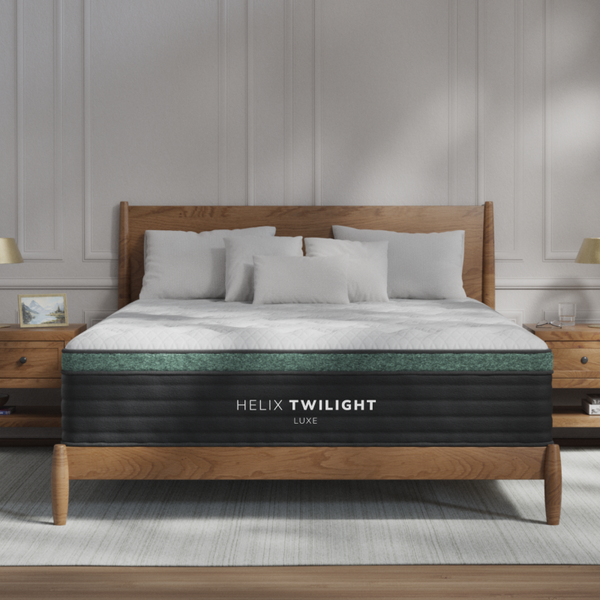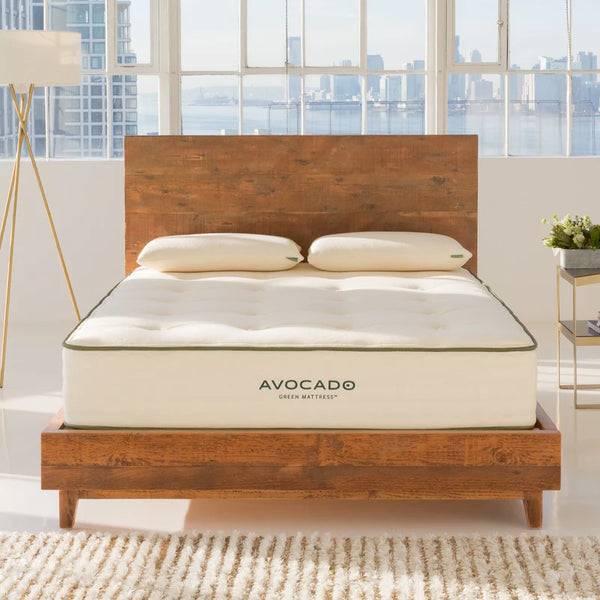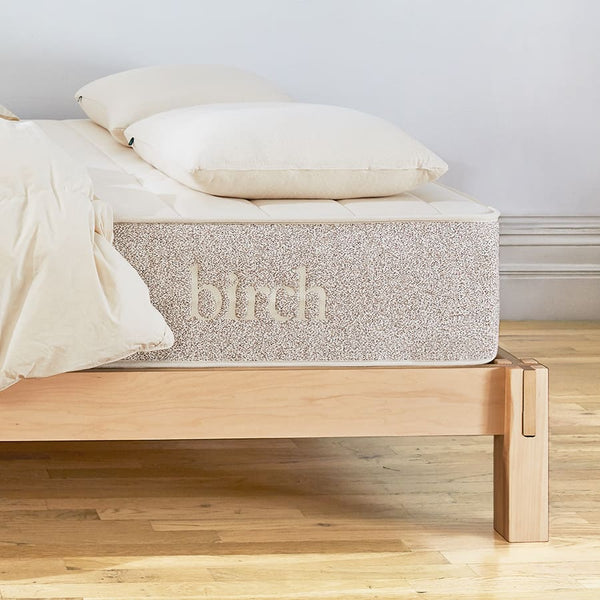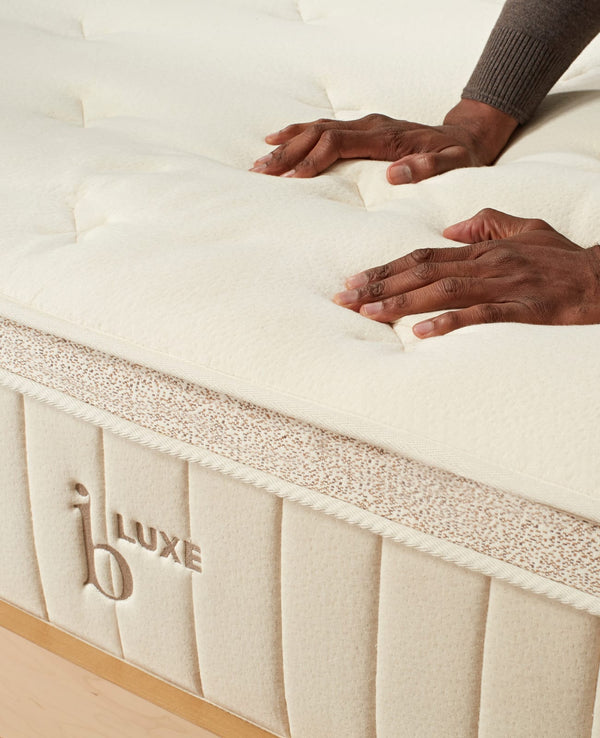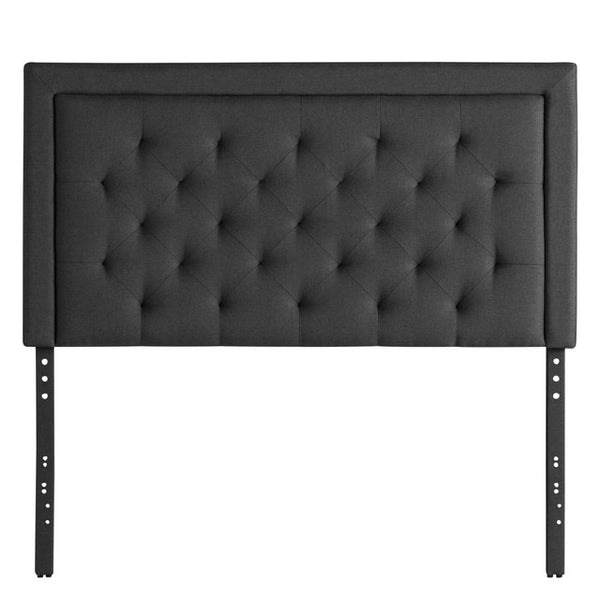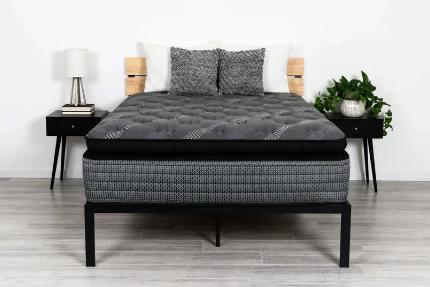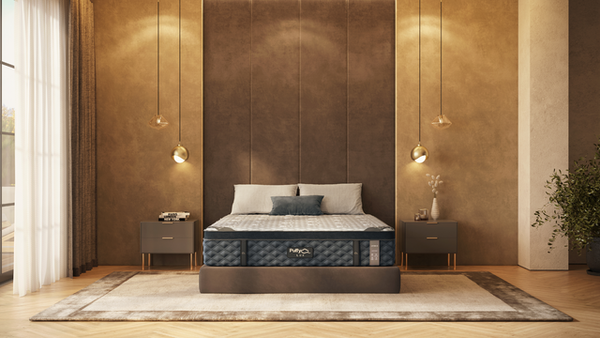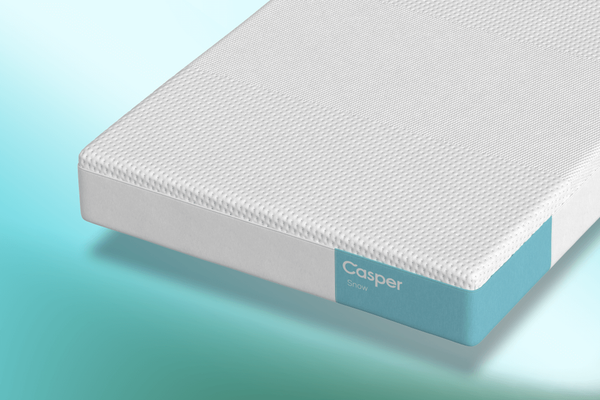
Frequently Asked Questions
1. Why is sleep quality important?
2. What are the different types of mattresses available?
3. How does sleeping position affect mattress selection?
4. What should I consider when selecting a mattress?
When it comes to pulling a good night's sleep, the type of mattress you choose is crucial. Each mattress type interacts with your body differently, impacting your overall wellness and sleep quality. To truly understand the connection between mattresses and restorative sleep, let’s explore the various materials and designs available, how they shape your sleep experience, and ultimately help you wake up rejuvenated.
The Importance of Sleep Quality
Before diving into mattress specifics, it's essential to grasp the importance of sleep quality. Quality sleep is pivotal for various aspects of our health including:
- Physical Health: Sleep plays a crucial role in healing and repair of your heart and blood vessels.
- Mental Health: A good night's sleep can reduce stress and anxiety levels, enhancing your mood.
- Cognitive Function: Adequate sleep improves focus, memory consolidation, and decision-making abilities.
- Weight Management: Poor sleep can affect your hormones and lead to weight gain.
With these benefits in mind, it’s clear that ensuring a restful slumber is paramount. The foundation of that rest starts with choosing the right mattress.
Understanding Different Mattress Types
Not all mattresses are created equal. Each type caters to different sleep styles, body types, and personal preferences. Let’s explore some of the most popular mattress types available today.
Memory Foam Mattresses
Memory foam mattresses have gained immense popularity for their unique contouring properties. Made from viscoelastic material, these mattresses offer several benefits:
- Pressure Relief: Memory foam conforms to the body's shape, similar to a gentle hug, which helps relieve pressure points.
- Motion Isolation: They absorb movement, making them ideal for couples who toss and turn.
- Temperature Sensitivity: Some are designed to keep you cool by dispersing heat, accommodating those who tend to sleep hot.
However, it’s important to note that some individuals may feel trapped or sink too deeply into memory foam, which can be problematic for heavier individuals or those who prefer a firmer feel.
Latex Mattresses
Latex mattresses are renowned for their durability and elasticity. These mattresses can come in various densities and offer several key benefits:
- Natural Materials: Many latex options use natural rubber, making them eco-friendly and hypoallergenic.
- Support and Bounce: Latex provides excellent support for the spine while retaining a comfortable bounce.
- Temperature Regulation: They typically provide good airflow, making them suitable for warmer climates.
Latex mattresses might not conform as closely as memory foam but can be a great option for those seeking support without sacrificing comfort.
Innerspring Mattresses
Innerspring mattresses are the traditional choice, consisting of steel coils and offering a range of feels and support levels. Here’s what you can expect with innerspring mattresses:
- Firmness Options: They come in various levels of firmness, catering to different sleeping preferences.
- Breathability: The coil system provides airflow, keeping the mattress cool during hot nights.
- Affordability: Generally, innerspring mattresses tend to be more budget-friendly, making them accessible to a larger audience.
While supportive and pocket friendly, they can sometimes offer less pressure relief compared to foam mattresses.
Sleep Position Matters
Your sleeping position should play a vital role in choosing the right mattress. Let’s break down the most common sleep positions and how they interact with different mattress types.
Back Sleepers
Back sleepers require adequate support for spinal alignment. A medium-firm mattress is often considered ideal, providing enough support to keep the spine aligned while also offering cushioning for the lower back.
Side Sleepers
If you sleep on your side, you need a mattress that softens enough to cradle the shoulders and hips. A softer memory foam or latex mattress can help alleviate pressure on these joints while still providing necessary support.
Stomach Sleepers
Stomach sleepers often require a firmer mattress that prevents the body from sinking and causing spinal misalignment. A firmer innerspring or latex mattress may be the best fit for this position.
Other Factors to Consider in Mattress Selection
Beyond the type of material or sleeping position, there are several additional factors to think about when selecting your mattress:
Durability
The longevity of a mattress is important for both support and value. Memory foam mattresses may last 7-10 years, while latex mattresses can often exceed that range. It’s worth investigating warranties and expected lifespans when shopping.
Hypoallergenic Properties
If you suffer from allergies, selecting a mattress made from hypoallergenic materials can significantly improve your quality of sleep. Both latex and certain types of memory foam are often resistant to dust mites and allergens.
Temperature Control
For those who sleep hot, look for materials with good airflow. Innerspring and hybrid mattresses usually offer enhanced breathability compared to memory foam, although many manufacturers have integrated cooling technologies into their foam offerings as well.
How to Test a Mattress
Finding the right mattress can be a lengthy process. To ensure you choose a mattress that meets your needs, consider the following steps:
- Shop Test: Always try to test the mattress before purchasing. Lie down in your preferred sleeping position for at least 10-15 minutes.
- Return Policy: Investigate the store’s return policy. Many retailers offer sleep trials, giving you the ability to test the mattress at home.
- Ask Questions: Don’t hesitate to ask sales staff about materials, firmness levels, and durability. Understanding the features is key to making an informed choice.
Maintaining Your Mattress for Maximum Longevity
Once you've selected the perfect mattress, taking care of it appropriately can extend its lifespan significantly. Here are some tips for maintenance:
- Rotate Regularly: Rotating your mattress every few months can help prevent uneven wear.
- Use a Mattress Protector: Waterproof protectors can shield your mattress from spills and stains.
- Keep It Clean: Regularly vacuum your mattress and spot clean any stains to keep it fresh.
Your Path to Restorative Sleep
Achieving restorative sleep is within your grasp, and it starts with choosing the right mattress for your unique needs. Understanding the various types of mattresses, aligning them with your sleep position, and considering factors such as durability, hypoallergenic properties, and overall comfort will guide you in making the right choice. The journey to a more restful and rejuvenating sleep experience begins with informed decisions, ensuring that each night spent on your mattress helps you wake up feeling refreshed and revitalized.

